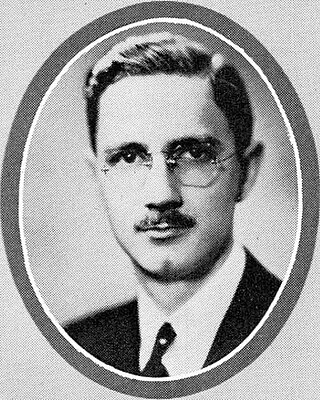
William Edward Johnson served as the 22nd lieutenant governor of Nebraska, from 1939 to 1943. He was a Republican who initially served under Democratic governor Robert Leroy Cochran and later under governor Dwight Griswold, who was also a Republican. He was born in and died in Omaha.
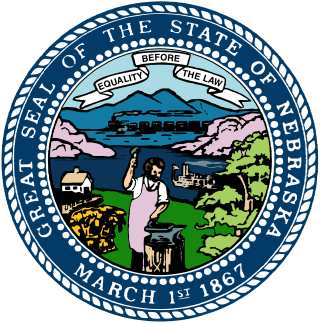
The 1954 Nebraska gubernatorial election was held on November 2, 1954, and featured Mayor of Lincoln Victor E. Anderson, a Republican, defeating Democratic nominee, attorney William Ritchie.

The 1950 Nebraska gubernatorial election was held on November 7, 1950, and featured incumbent Governor Val Peterson, a Republican, defeating Democratic nominee, former state Senator Walter R. Raecke, to win a third and final two-year term in office.

The 1946 Nebraska gubernatorial election was held on November 5, 1946, and featured former school superintendent and newspaper publisher Val Peterson, a Republican, defeating Democratic nominee, state Senator Frank Sorrell.

The 1934 Nebraska gubernatorial election was held on November 6, 1934, and featured state engineer Robert L. Cochran, a Democrat, defeating Republican nominee, newspaper publisher and former state legislator Dwight Griswold.
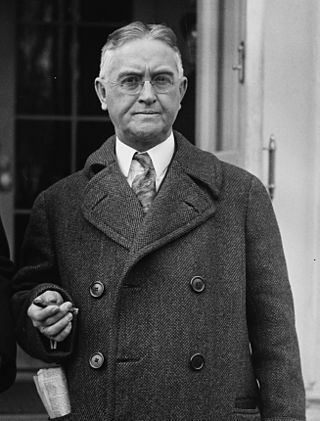
The 1924 Nebraska gubernatorial election was held on November 4, 1924, and featured former state Senator Adam McMullen, a Republican, defeating Democratic nominee, former state Representative John N. Norton, and Progressive nominee, Omaha City Commissioner Dan B. Butler.

The 1910 Nebraska gubernatorial election was held on November 8, 1910.

The 1898 Nebraska gubernatorial election was held on November 8, 1898. Incumbent Populist Governor Silas A. Holcomb did not stand for re-election. Populist and Democratic fusion nominee William A. Poynter defeated Republican nominee Monroe Hayward with 50.19% of the vote.

The 1950 Nebraska lieutenant gubernatorial election was held on November 7, 1950, and featured incumbent Nebraska Lieutenant Governor Charles J. Warner, a Republican, defeating Democratic nominee Edward A. Dosek, a businessman, to win his second term as lieutenant governor.

The 1946 Nebraska lieutenant gubernatorial election was held on November 5, 1946. Incumbent Nebraska Lieutenant Governor Roy W. Johnson lost to Robert B. Crosby in the Republican primaries after the Nebraska Republican Pre-Primary Convention refused to endorse him for reelection. Thus, the general election featured Robert B. Crosby as the Republican nominee who defeated Democratic nominee Robert J. Swanson.
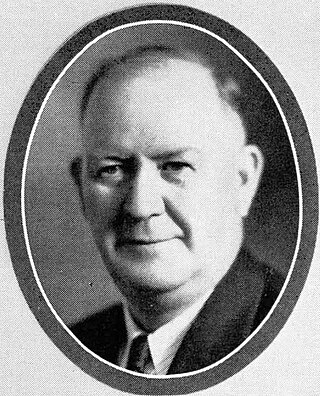
The 1944 Nebraska lieutenant gubernatorial election was held on November 7, 1944, and featured incumbent Nebraska Lieutenant Governor Roy W. Johnson, a Republican, defeating Democratic nominee Edward A. Dosek.

The 1938 Nebraska lieutenant gubernatorial elections were both held on November 8, 1938. Incumbent Nebraska Lieutenant Governor Walter H. Jurgensen was convicted of a felony in March 1938 and barred from running for a fourth term as lieutenant governor in June, 1938, leaving the 1938 lieutenant gubernatorial race wide open. The vacancy caused by his removal from office brought about two elections for lieutenant governor in 1938: the regular election which always happened biennially and a special election to fill the vacancy.

The 1930 Nebraska lieutenant gubernatorial election was held on November 8, 1932, and featured Theodore W. Metcalfe, the Republican nominee, defeating Democratic nominee James C. Agee. The incumbent lieutenant governor George A. Williams decided not to seek reelection.

The 1926 Nebraska lieutenant gubernatorial election was held on November 2, 1926, and featured incumbent Nebraska Lieutenant Governor George A. Williams, a Republican, defeating Democratic nominee Frank A. Dutton as well as Progressive nominee Lloyd H. Huffman.

The 1924 Nebraska lieutenant gubernatorial election was held on November 4, 1924, and featured Republican nominee George A. Williams defeating Democratic nominee P. J. Mullin as well as Progressive nominee Granville Hummer and Prohibition nominee J. F. Webster. Incumbent Nebraska Lieutenant Governor Fred G. Johnson, a Republican, chose not to seek reelection to the office of lieutenant governor in order to challenge George W. Norris for the Republican nomination for US Senate from Nebraska.

The 1922 Nebraska lieutenant gubernatorial election was held on November 7, 1922, and featured Republican nominee Fred G. Johnson defeating Democratic nominee P. J. Mullin as well as Progressive nominee T. J. Ellsberry. Incumbent Nebraska Lieutenant Governor Pelham A. Barrows, a Republican, chose not to seek reelection to the office of lieutenant governor in order to run for the vacant seat of C. Frank Reavis, former US Representative from Nebraska's 1st congressional district. Barrows was unsuccessful at obtaining the Republican nomination.

The 1920 Nebraska lieutenant gubernatorial election was held on November 2, 1920, and featured incumbent Nebraska Lieutenant Governor Pelham A. Barrows, a Republican, defeating Democratic nominee Cass G. Barns as well as Independent Robert D. Mousel.

The 1916 Nebraska lieutenant gubernatorial election was held on November 7, 1916, and featured Democratic nominee Edgar Howard defeating Republican nominee Herbert P. Shumway as well as Socialist Party nominee Edmund R. Brumbaugh and Prohibition Party nominee Charles E. Smith. Incumbent Nebraska Lieutenant Governor James Pearson sought reelection to the office of lieutenant governor but was defeated for reelection in the Democratic primary by Edgar Howard.
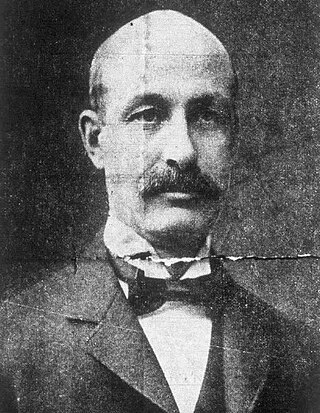
The 1904 Nebraska lieutenant gubernatorial election was held on November 8, 1904, and featured incumbent Nebraska Lieutenant Governor Edmund G. McGilton, a Republican, defeating Adelbert Townsend, the Populist and Democratic fusion nominee, as well as Prohibition nominee Isaiah Lightner and Socialist nominee Thomas Carroll.

The 1908 Nebraska lieutenant gubernatorial election was held on November 3, 1908, and featured incumbent Nebraska Lieutenant Governor Melville R. Hopewell, a Republican, defeating Democratic nominee Erasmus O. Garrett as well as Prohibition Party nominee Frank E. Linch and Socialist Party nominee Thomas Jorgenson.














